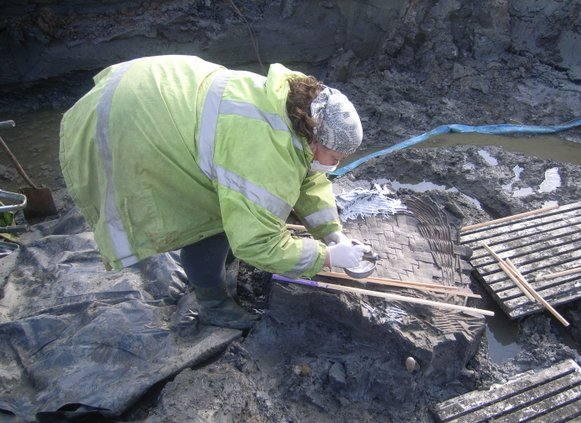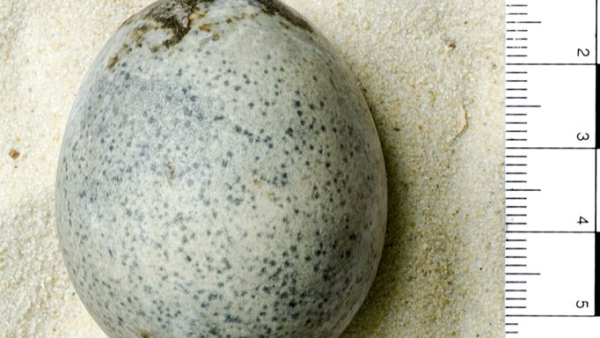ALBAWABA - An amazing discovery was made in a recent archaeological analysis in the UK, where an egg dating back all the way to the Roman era which still contains an intact yolk and liquid white within its shell was discovered.
This Roman egg, found in Berryfields and estimated to be approximately 1700 years old, measures about 4cm in width, making it a unique artifact from ancient times.
Ancient Roman egg with intact yolk found in UK
Its remarkable state of preservation can be attributed to its location in a flooded pit, which likely provided the ideal conditions for its survival over centuries.
The finding of this ancient Roman egg came about during excavations in Berryfields between 2007 and 2016, before the development of a new residential area.
Among the artifacts unearthed during this time were four eggs, with three unfortunately breaking open and emitting a pungent odor. The intact egg, however, remained a testimony to the past, offering insights into Roman practices and beliefs.

Twitter / X (oatweet)
Archaeologist Dana Goodburn-Brown conducted a micro-CT scan on the egg, confirming the presence of liquid and an air bubble inside. Out of four eggs unearthed during the excavation, this particular egg was the only one to remain intact, with the others releasing a foul odor upon breaking.
The discovery of the eggs, along with various artifacts like a woven basket, pottery, coins, leather shoes, and animal bones, sheds light on Roman customs and beliefs. Eggs were often associated with fertility and childbirth in Roman society, and it is believed that they may have been placed in the well for good luck.
The Roman egg has since been transferred to the Natural History Museum in London for further examination by experts, including Douglas Russell, the museum's chief curator of bird eggs and nests.
The delicate process of extracting the liquid contents without damaging the eggshell poses a new challenge for researchers, who are exploring methods like making a minuscule incision to drain the contents without compromising the integrity of the artifact.









